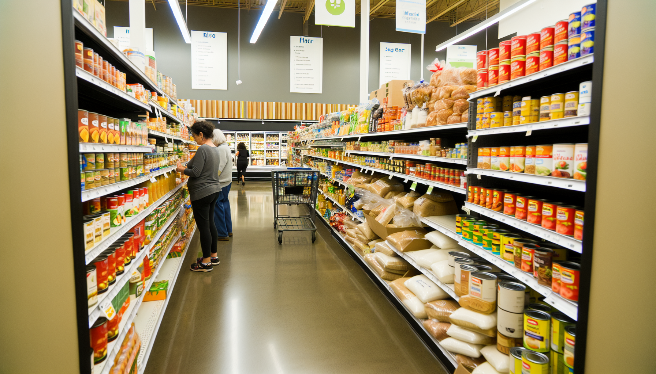As we dive into the intricacies and significance of the Supplemental Nutrition Assistance Program (SNAP), it’s essential to understand that this program represents more than just a monthly benefit; it’s a lifeline for millions of Americans. In this blog post, we will explore the many facets of SNAP and its role in addressing hunger and poverty.
Understanding the Basics of SNAP Benefits: An Overview
SNAP, formerly known as the food stamp program, provides critical food-purchasing assistance to low-income individuals and families across the United States. Funded by the federal government and administered by the states, this program aims to alleviate hunger and malnutrition by ensuring that those with limited financial resources can still afford basic food necessities. Eligibility for SNAP is based on household size, income, and certain expenses, and benefits are distributed monthly through electronic benefit transfer (EBT) cards.
Exploring the Impact of SNAP Benefits: An Overview in Modern Times
The significance of SNAP cannot be overstated in modern times. With an ever-growing cost of living and wages that do not always keep pace, more and more families rely on SNAP to fill the gap between their income and their nutritional needs. Research shows that SNAP benefits have a profound impact on food security, reducing the incidence of food insecurity among participants. Additionally, SNAP plays a key role in supporting local economies, as every dollar in SNAP benefits generates up to $1.70 in economic activity, according to the USDA.
Key Players and Innovations in SNAP Benefits: An Overview
The effectiveness of SNAP hinges on the collaboration of various key players, including government agencies, nonprofits, and local community organizations. These stakeholders work together to enroll eligible participants, provide education on nutrition, and advocate for policy improvements. Innovations are also emerging within the program, with some states exploring online purchasing options to increase accessibility and convenience for SNAP recipients.
Challenges and Controversies Surrounding SNAP Benefits: An Overview
Despite its critical role, SNAP faces various challenges and controversies. One of the primary concerns is the adequacy of benefit amounts, which many argue are insufficient to cover a full month’s worth of nutritious food. There are also debates regarding work requirements and eligibility criteria, with some policymakers suggesting changes that could potentially reduce access for vulnerable populations.
The Future Outlook of SNAP Benefits: An Overview – What’s Next?
Looking ahead, the future of SNAP depends on ongoing policy debates and proposals. Potential expansions or innovations might include increasing benefit amounts to better align with rising food costs or enhancing the program’s responsiveness during economic downturns. It’s crucial for advocates and concerned citizens to remain active in the conversation to ensure that SNAP continues to serve as a robust support system for those in need.
As we look toward the future, it is our collective responsibility to ensure that programs like SNAP not only exist but also thrive. Together, we can work toward a world where no individual or family has to go to bed hungry, where every person has access to the nutrition they need to lead a healthy, productive life.



